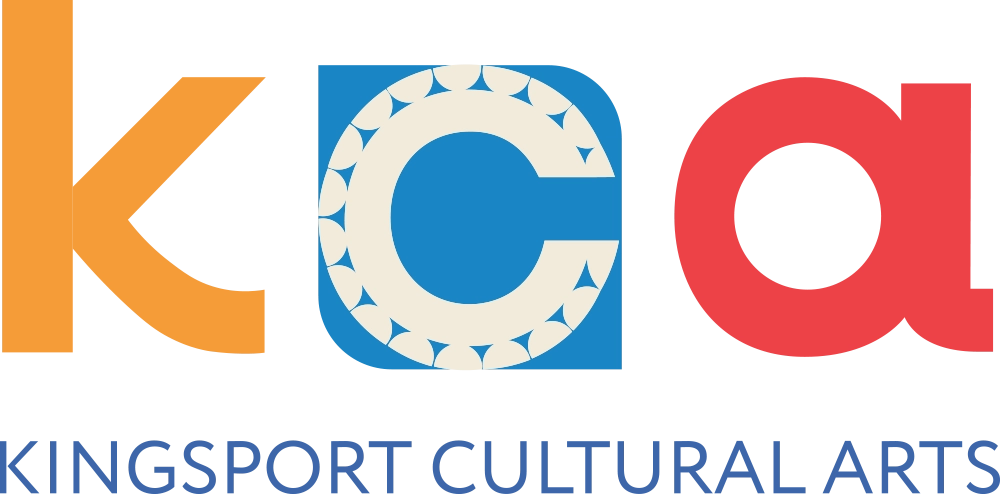As a young student, Angélica Dass found she loved her art class. And in that art class she discovered what we all discover. The flesh color did not match her flesh color. This began a study in colors and an effort to engage as many people as possible in recognizing the great variety that is the human flesh tone.
See her amazing Ted Talk here: Humanæ: The beauty of skin in every color.
What was this project?
Humanæ was a work by Brazilian artist Angélica Dass, who deployed a chromatic range of the different human skin colors. Those who posed were volunteers who knew of the project and decided to participate. There was no previous selection of participants and there were no classifications relating to nationality, gender, age, race, social class, or religion. Nor was there an explicit intention to finish it on a specific date. It was open in all senses and included all those who wanted to be part of this colossal global mosaic. The only limit would be reached by completing all of the world’s population.
However, this taxonomy close to Borges’ world adopted the format of the PANTONE® guides, which gave the collection a degree of hierarchical horizontality that diluted the false preeminence of some races over others based on skin color or social condition.
These guidelines have become one of the main systems of color classification, which are represented by means of an alphanumeric code, allowing to recreate them accurately in any medium: is a technical-industrial standard. The process followed in Humanæ also was rigorous and systematic: the background for each portrait was tinted with a color tone identical to a sample of 11 x 11 pixels taken from the face of the photographed. Aligned as in the famous samples, its horizontality was not only formal but also ethical.
Thus, without fuss, with the extraordinary simplicity of this semantic metaphor, the artist made an “innocent” displacement of the sociopolitical context of the racial problem to a safe medium, the guides, where the primary colors have exactly the same importance as the mixed ones. It even dilutes the figure of power that usually the photographer holds. The use of codes and visual materials belonging to the imagery that we all share, leaves in the background the self-referentiality of the artist, insistent and often tiresome.
Many of the ingredients that characterize the [best] spirit of this time appear to be part of this project: shared authorship, active solidarity, and local proposals likely to operate globally, networking, communication expanded to alternative spaces of debate, awareness without political ideology, social horizontality. The spectator was invited to press the share button in his or her brain.
What’s happening with the project now?
At present, more than 3,500 images exist in the project. They have been taken in 27 cities, in 17 different countries: Madrid, Barcelona, Getxo, Bilbao and Valencia (Spain), Paris (France), Bergen (Norway), Winterthur, Chiasso (Switzerland), Groningen, The Hague (Netherlands), Dublin (Ireland), Tyumen (Russia), Gibellina and Vita (Italy), Vancouver (Canada), Gambier, Pittsburgh and Chicago (USA), Quito (Ecuador), Valparaíso (Chile), Sao Paulo and Rio de Janeiro (Brazil), Córdoba (Argentina), New Delhi (India), Daegu (South Korea), and Adís Abeba (Ethiopia).
The project stopped in downtown Kingsport on October 5, 2017, during which visitors enjoyed a brief ceremony followed by cake pops, art projects, and selfies with the mural installation.

